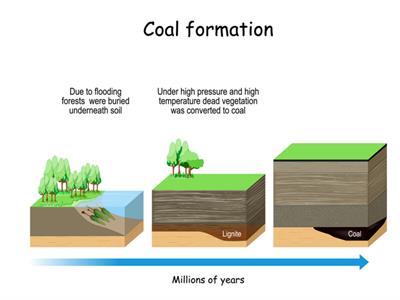
PUMPA - SMART LEARNING
எங்கள் ஆசிரியர்களுடன் 1-ஆன்-1 ஆலோசனை நேரத்தைப் பெறுங்கள். டாப்பர் ஆவதற்கு நாங்கள் பயிற்சி அளிப்போம்
Book Free DemoClassification:
Carbon is found both in the free state as-well-as the combined state in nature. In the pre-historic days, ancients used to produce charcoal by heating organic materials. They used to get carbon compounds both from living things as-well-as non-living things. Thus, in the early 19th century, Berzelius classified carbon compounds based on their source as follows:
These are the compounds of carbon collected from living organisms such as plants and animals.
Example:
Ethanol, Cellulose, Starch.
Inorganic Carbon Compounds:
These are the compounds including carbon but obtained from non-living things.
Example:
Calcium carbonate, Carbon monoxide, Carbon dioxide.
Organic Carbon Compounds:
There are millions of organic carbon compounds in nature and also produced manually. Organic carbon compounds include carbon connected with other elements like hydrogen, oxygen, nitrogen, sulphur etc. Thus, there are various organic carbon compounds such as hydrocarbons, alcohols, aldehydes, ketones, carboxylic acids, amino acids, etc. You will study about these organic carbon compounds in your higher classes.

Inorganic Carbon Compounds:
As related to organic compounds, the number of inorganic carbon compounds are less. Oxides, Carbides, Sulphides, Cyanides, Carbonates, and Bicarbonates are significant inorganic carbon compounds. The formation, properties and uses of some of these compounds are given in the table.
|
Compounds
|
Formation
|
Properties
|
Uses
|
| Carbon monoxide (CO) |
Not a natural component of air. It is mainly added to the atmosphere due to the incomplete combustion of fuels.
|
Colourless, odourless,
highly toxic, sparingly soluble in water. |
The main component of water gas (CO +H_2). They are Reducing agent.
|
| Carbon dioxide (CO_2) |
Occurs in nature as free and combined forms. The combined form is found in minerals like limestone, magnesite. Formed by the complete combustion of carbon or coke.
|
Colourless, odourless, tasteless, stable, highly soluble in water, takes part in photosynthesis. |
Fire extinguisher, preservative for fruits, making bread, to manufacture urea, carbonated water, nitrogenous fertilisers, dry ice in the refrigerator. |
| Calcium Carbide (CaC_2) | Prepared by heating Calcium oxide and coke. | Greyish black solid. | To manufacture graphite and hydrogen. To prepare acetylene gas for welding. |
| Carbon disulphide (CS_2) | Directly prepared from Carbon and Sulphur. | Colourless, inflammable, highly poisonous gas. |
Solvent for sulphur. To manufacture rayon, fungicides, insecticides. |
| Calcium Carbonate (CaCO_3) | Prepared by passing Carbon dioxide into the solution of slaked lime. | Crystalline solid, insoluble in water. |
Antacid. |
| Sodium bicarbonate (NaHCO_3) | Formed by treating sodium hydroxide with carbonic acid (H_2CO_3). | White crystalline substance, sparingly soluble in water. |
Preparation of sodium carbonate, baking powder, antacid. |